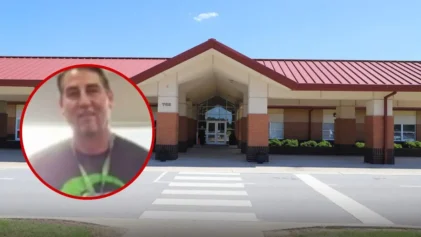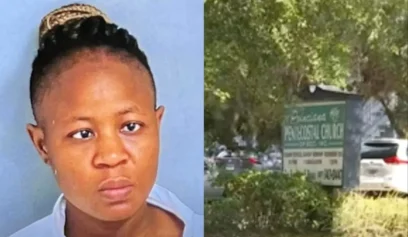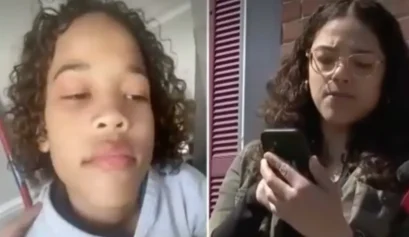Are Black communities being underserved when it comes to testing for COVID-19?
A recent Buzzfeed article suggests Blacks in America could be facing inequities in the healthcare system that have caused them to miss out on getting tested for the virus that causes COVID-19, a situation compounded by the general shortage of such tests in the United States.
“We know in the U.S. that there are great discrepancies in not only the diagnosis but the treatment that African Americans and other minorities are afforded. So I want to make sure that in this pandemic, that black and brown people are treated in the same way and that these tests are made available in the same pattern as for white people,” Dr. Ebony Hilton, an associate professor of anesthesiology and critical care medicine at the University of Virginia, told Buzzfeed News in a recent article examining the issue.
Data provided by the CDC does not include a demographic breakdown of who’s been tested. Johns Hopkins University’s database, which pulls data from global, national, and state-level reporting, had tracked more than 164,000 confirmed cases in the United States, but it doesn’t include demographic statistics on testing. Some individual states do provide such demographics data.
Finding out who has had access to tests so far would mean “we’re able to correct our disparities or biases as health care providers,” Dr. Leigh-Ann Webb, an emergency room doctor at UVA, said to Buzzfeed.
Hilton said doctors use a subject series of diagnostics when deciding whether to recommenced someone should get tested. She described these factors as whether the patient feels exhausted or has a sore throat, metrics that are less measurable than more objective factors. Hilton said that makes the test decision process vulnerable to implicit biases that every patient and medical professional have.
White House leaders acknowledged that the nation did not have enough test kits to test for the virus as cases of the disease ticked upward in early March. At a press briefing on Monday, March 2, Food and Drug Administration Commissioner Stephan Hahn said a million tests would have been ready by the week’s end. Vice President Mike Pence, appointed by President Donald Trump to head the White House COVID-19 task force, would walk back that too-optimistic estimate within days.
“We don’t have enough tests today to meet what we anticipate will be the demand going forward,” he told CNN during a March 5 visit to a factory in Minnesota. Speaking in Washington state that evening, Pence, said, “We still have a ways to go to ensure that tests are available.”
There were fewer than 300 confirmed cases in the United States that week.
Testing could have been obtained for U.S. citizens in January, as the virus had already begun its spread in America, but the Trump administration refused early offerings of tests by the World Health Organization.
Testing of individuals who might have had the virus did not begin on a larger scale in the U.S. until late March.
Dr. Margaret Hamburg, the former commissioner of the Food and Drug Administration, said the wait caused “exponential growth of cases,” the New York Times reports.
If the U.S. had detected the disease in its earliest movement local quarantines might have confined the disease, according to the newspaper.
A mayoral survey conducted from March 20 to March 24, provides insight into shortages of essential items and equipment that cities ate facing. It includes data from 213 U.S. cities in 41 states and Puerto Rico, representing a combined population of 42 million.
Altogether the cities reported a need for 28.5 million face masks, 24.4 million items of personal protective equipment such as gowns and gloves, 139,000 ventilators and 7.9 million test kits, according to The Washington Post. Nearly 90 percent of the mayors reported their cities lacked enough protective equipment, while 85 percent said they didn’t have enough ventilators.
Rana Zoe Mungin, a Black 30-year-old schoolteacher from New York, is one of many who have felt the sting from the lack of tests and perhaps a failure to take her medical complaints seriously. She was placed on life support after being turned away from a hospital twice before being tested for the disease.
Mungin started feeling symptoms — a cough and fever — on March 15. Doctors told her family her lungs were clear and there was no need for a test due to shortages, her sister, Mia Mungin, told PIX 11 in an interview last week. After being sent home following a second hospital trip on March 19, the following day Rana Mungin stopped breathing and was returned by ambulance to the hospital and admitted to intensive care, whereupon a test confirmed she had COVID-19.
The doctors started Mungin on an experimental treatment for the virus, a mixture of anti-viral hydroxychloroquine and antibiotic erythromycin. She was later transferred to Mount Sinai Hospital.
As of March 30, the total number of public health laboratories in the United States and its territories that have completed verification and are offering testing is 94, the CDC reports.


